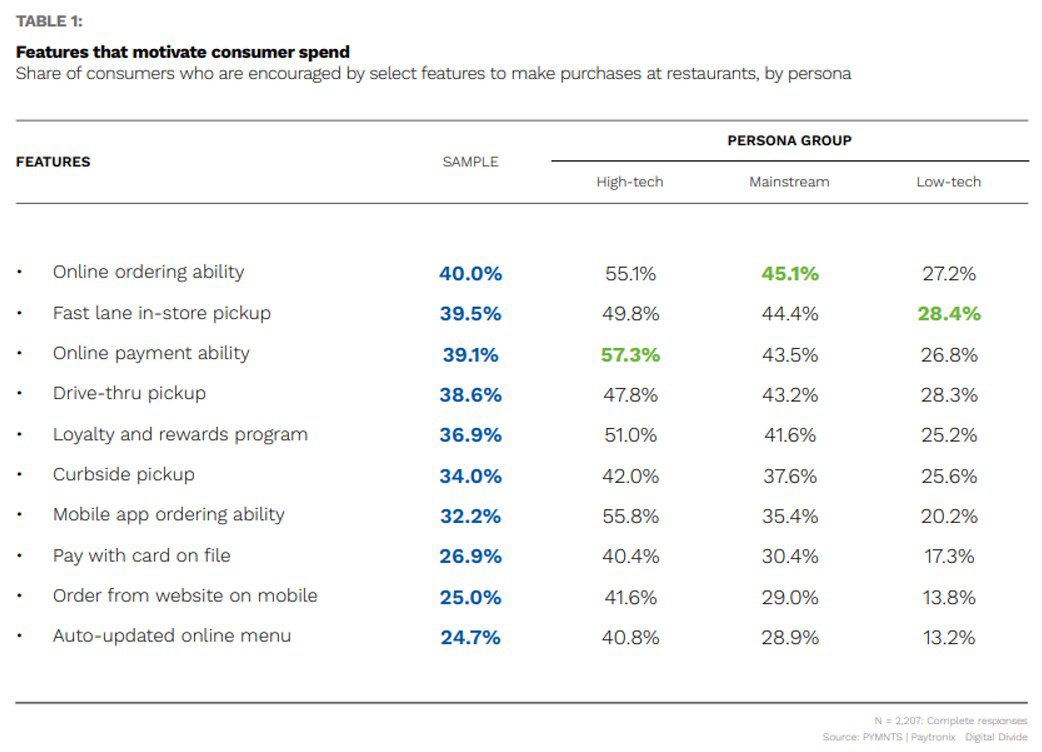Bucking the trend of trimming back loyalty programs and digital innovations could help restaurant chains retain customers.
Inflation has affected consumers’ dining habits, leaving both fine dining and quick service restaurants (QSRs) scrambling to make ends meet. Although PYMNTS’ research found that the rate of diners saying they are highly satisfied with the price of their last meal at a table-service restaurant remains steady, only 56% of QSR diners surveyed during the same period in November agreed with the sentiment, down from 62% six months prior.
This decline in satisfaction, along with the overall economic landscape, presents a particular challenge for QSRs, which must boost customer retention and loyalty to stay afloat. Given these current headwinds, it is perhaps no surprise that some QSRs are playing it safe by focusing on practicalities in their digital offerings instead of more experimental innovations.
Rick Stanbridge, executive vice president and chief information officer of Marco’s Pizza, explains in a PYMNTS interview why Marco’s is taking a more tried-and-true approach to digitization. “Technology for technology’s sake is over. … Customer expectations continue to increase in terms of convenience and speed, so [we’re] prioritizing technologies that create a better frictionless customer experience [while] helping to improve store-level profitability.”
However, playing it safe when it comes to digital offerings may not be enough, given the wide variety of features driving customer motivation to spend at restaurants.

Chipotle, for example, has taken a radically different tech-focused approach to improve the customer experience. In October, the fast-casual giant announced they had added improved geotracking capabilities on the restaurant’s mobile app to provide better real-time features to customers, such as readiness messaging and rewards reminders. This month, they began testing extended reality in partnership with Snap.
In a PYMNTS interview, Stephanie Perdue, vice president of brand marketing at Chipotle, explained the motivation behind the company’s newest augmented reality promotion. “With the right program and partners, extended reality can drive conversion. Last year, we saw a tremendous response to our fun, culturally relevant, and insight-backed activations.”
Other major chains, such as Applebee’s and Panda Express, have begun investing in drive-thru technology. This customer experience strategy is perhaps a natural extension of the curbside service some customers have grown to expect since the pandemic.
Panera is taking the convenience of a drive-thru one step further by partnering with Apple’s CarPlay so customers can use the restaurant app to order from their car. In August 2022, the restaurant chain announced they were testing out “Tori,” an automated drive-thru voice assistant for taking orders.
P.F. Chang’s is going a different route by dipping its toes into subscription commerce rather than augmented reality or car-based technologies. In September, the company announced the launch of a subscription rewards program, and reward members are offered free delivery, waitlist priority and other perks for $6.99 per month.
Whether taking a more classical approach to digital innovation or going fully experimental, one thing is clear: in the highly competitive casual dining sector, investing in customer-facing loyalty and digital innovations may well be an expense few restaurants can afford to ignore.